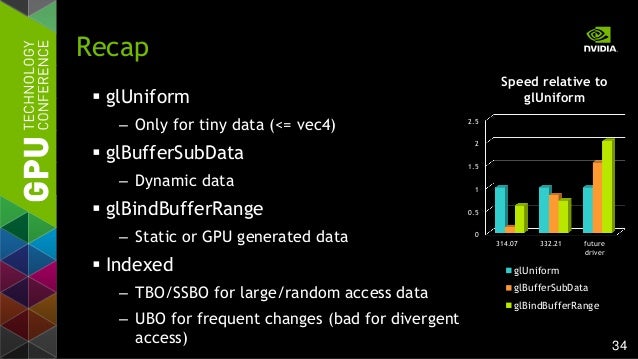

Threads also add complexity and overhead to an application. Identifying Whether an OpenGL Application Can Benefit from ConcurrencyĬreating a multithreaded application requires significant effort in the design, implementation, and testing of your application. Some of these design techniques can get you an improvement in just a few lines of code. This chapter helps you understand when multithreading improves your OpenGL application’s performance, the restrictions OpenGL places on multithreaded applications, and common design strategies you might use to implement concurrency in an OpenGL application. Regardless of which technique you use, there are additional restrictions when calling OpenGL on multithreaded systems. If you plan on managing threads manually, you should also read Threading Programming Guide.
#Opengl 4.4 scene rendering techniques how to
Before you consider how to add concurrency to your OpenGL application, you should first read Concurrency Programming Guide. This chapter does not attempt describe these technologies in detail. On OS X v10.6, operation queues use GCD to dispatch work on OS X v10.5, operation queues create threads to execute your application’s tasks. GCD allocates threads based on the number of cores available on the system and automatically schedules tasks to those threads.Īt a higher level, Cocoa offers NSOperation and NSOperationQueue to provide an Objective-C abstraction for creating and scheduling units of work. Grand Central Dispatch allows you to decompose your application into smaller tasks without requiring the application to manage threads. Apple offers both traditional threads and a feature called Grand Central Dispatch (GCD). Multicore systems offer true concurrency by allowing multiple threads to execute simultaneously.
#Opengl 4.4 scene rendering techniques code
A thread is a stream of execution that runs code for the process. Designing a concurrent application means decomposing the work your application performs into subtasks and identifying which tasks can safely operate in parallel and which tasks must be executed sequentially-that is, which tasks are dependent on either resources used by other tasks or results returned from those tasks.Įach process in OS X is made up of one or more threads. It is critical that applications be designed to take advantage of concurrency where possible. Sometimes those CPUs have multiple cores, each capable of performing calculations independently of the others. However, modern computers not only contain a powerful GPU, but also contain multiple CPUs. Many of the techniques introduced in OpenGL Application Design Strategies are aimed specifically at creating OpenGL applications that exhibit great CPU-GPU parallelism.

The good news is that well-designed OpenGL applications already exhibit a specific form of concurrency-concurrency between application processing on the CPU and OpenGL processing on the GPU. By performing work in parallel, tasks complete sooner, and applications become more responsive to the user. In the context of computers, concurrency usually refers to executing tasks on more than one processor at the same time. Concurrency and OpenGLĬoncurrency is the notion of multiple things happening at the same time.

To create high-performance code on GPUs, use the Metal framework instead.


 0 kommentar(er)
0 kommentar(er)
